The Law on Geology and Minerals No. 54/2024/QH15 was issued on the basis of inheriting the provisions of the Law on Minerals in the context of increasingly difficult mineral exploitation, especially in deep projects with complex geology. The dangers of landslides of working banks, tunnel collapses, mine fires and explosions, and mine water leaks are increasingly appearing, leading to the need to ensure safety in mineral exploitation facing more difficulties and greater challenges. In particular, the current Law on Minerals only regulates occupational safety and hygiene in mineral exploitation. In general, the regulations on safety are not yet complete and clear, only referring to the regulations in the Law on Occupational Safety and Hygiene (Law No. 84/2015/QH13). Therefore, in the stages of exploration, exploitation, processing, transportation, and use of minerals, the above-mentioned technical safety regulations have not been specifically regulated in any law. This is also one of the reasons why incidents and occupational accidents in mineral activities still occur and tend to increase today. This is a practical inadequacy.
Deputy Minister of Industry and Trade Truong Thanh Hoai inspects safety work in mineral exploitation and processing activities (source: https://moit.gov.vn)
Improve the effectiveness of technical safety management in mineral exploitation, keeping up with development practices
Faced with some of the above shortcomings, the Law on Geology and Minerals dated November 29, 2024 has supplemented regulations on safety techniques in mineral exploitation, specifically detailed in Article 60 as follows:
“1. Organizations and individuals exploiting minerals and people working at mineral mines must fully comply with regulations on occupational safety, hygiene, and safety techniques as prescribed by this Law, laws on occupational safety and hygiene, and other relevant legal provisions.
2. Except for the case specified in Clause 4, Article 62 of this Law, organizations and individuals exploiting minerals must ensure the following technical safety requirements:
a) Production management and operation personnel must meet professional qualifications and be trained in safety techniques in mineral exploitation;
b) The system of equipment and means used in mineral exploitation must be suitable for the geological conditions of the mineral exploitation area. In the case of underground mining, the system of equipment and means must also ensure safety according to the level of danger caused by flammable and explosive gases;
c) Prepare and approve a risk management plan and submit it to the competent state management agency. In case of underground mining, a risk management plan must be prepared and submitted to the Ministry of Industry and Trade for approval in accordance with the provisions of Clause 3 of this Article;
d) Have a semi-professional emergency response team to carry out emergency response measures on site.
3. The time for approving the risk management plan for mineral exploitation investment projects using underground mining methods is stipulated as follows:
a) For new mining investment projects, the risk management plan must be approved before construction and before putting the mine into use;
b) For mining investment projects in the mine basic construction phase, the risk management plan must be approved before putting the project into use;
c) For investment projects that have been put into operation before the effective date of this Law, the risk management plan must be approved within 24 months from the effective date of this Law...
8. The Minister of Industry and Trade shall detail Point c, Clause 2 and Clause 3 of this Article.
9. The Government shall detail points a, b, d, Clause 2 and Clause 7 of this Article.”.
Pursuant to the provisions of Clause 8, Article 60, the Ministry of Industry and Trade has drafted a Circular regulating the establishment and approval of risk management plans in mineral exploitation. Currently, the draft Circular is being widely consulted. The draft Circular consists of 03 chapters and 02 appendices, in which the main content of Chapter 1 stipulates that the subjects of application are organizations, individuals and state agencies related to the establishment and approval of risk plans in the exploitation of Group I minerals by open-pit method; Group II, Group III, Group IV minerals by open-pit method using industrial explosives; and underground mining to clearly identify those at high risk of occupational safety in mineral exploitation (not all mineral exploitation enterprises) who must establish, approve and implement risk management plans.
The main content of Chapter 2 stipulates the responsibilities of mineral exploitation enterprises, the content of risk management plans as well as the authority to receive, the order, time for appraisal and approval of risk management plans for two types of mining methods: open-pit and underground. Accordingly, it continues to more clearly define the subjects of mineral exploitation by open-pit method that have the right to independently prepare and approve risk management plans according to the prescribed content and are responsible for implementing the approved plan, while the subjects of mineral exploitation by underground method (in fact, with higher risks) must submit to the Ministry of Industry and Trade for approval in order to further improve the level of safety control in underground mining. State management agencies at the central and local levels also have a better understanding of underground mining areas, thereby being able to quickly give instructions to resolve incidents in emergency situations that may occur.
The main content of Chapter 3 stipulates the responsibilities of enterprises and state management agencies on technical safety in mineral exploitation in the preparation, appraisal, approval, acceptance, inspection... of this plan and has also omitted the responsibilities of the above enterprises in complying with the contents of safety management in the industry and trade sector stipulated in Circular No. 43/2010/TT-BCT dated December 31, 2010 of the Minister of Industry and Trade. Thus, it is expected that the promulgated Circular will contribute to innovation, raising awareness and creating favorable conditions for enterprises in mineral exploitation. Clear and transparent regulations contribute to establishing a voluntary mechanism in implementing the contents of the risk management plan as well as perfecting the system of legal documents.
In addition, the organization and implementation of the policy in the above draft Circular will encourage the development of mineral activities and the mining industry, contributing to the serious and effective implementation of the Central Government's orientations and directions in the spirit of Resolution No. 10/NQ-TW dated February 10, 2022 of the Politburo on the Strategy for Geology, Minerals and Mining Industry to 2030, with a vision to 2045. In addition, it also contributes to improving the capacity of state officials in technical safety management in mineral exploitation at the central and local levels.
Source: https://moit.gov.vn/tin-tuc/hoat-dong/hoat-dong-cua-cac-don-vi/hoan-thien-quy-dinh-phap-luat-nham-day-manh-hieu-qua-quan-ly-nha-naoc-ve-ky-thuat-an-toan-trong-khai-thac-khoang-san.html


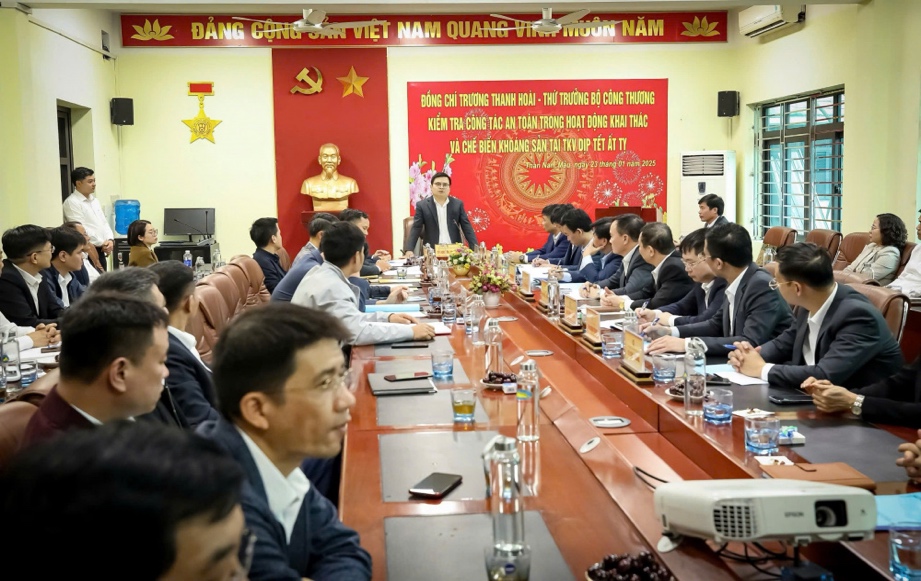

![[Photo] Prime Minister Pham Minh Chinh chairs meeting on science and technology development](https://vphoto.vietnam.vn/thumb/1200x675/vietnam/resource/IMAGE/2025/5/17/ae80dd74c384439789b12013c738a045)


![[Photo] More than 17,000 candidates participate in the 2025 SPT Competency Assessment Test of Hanoi National University of Education](https://vphoto.vietnam.vn/thumb/1200x675/vietnam/resource/IMAGE/2025/5/17/e538d9a1636c407cbb211b314e6303fd)
![[Photo] Readers line up to visit the photo exhibition and receive a special publication commemorating the 135th birthday of President Ho Chi Minh at Nhan Dan Newspaper](https://vphoto.vietnam.vn/thumb/1200x675/vietnam/resource/IMAGE/2025/5/17/85b3197fc6bd43e6a9ee4db15101005b)



















![[Photo] Nearly 3,000 students moved by stories about soldiers](https://vphoto.vietnam.vn/thumb/1200x675/vietnam/resource/IMAGE/2025/5/17/21da57c8241e42438b423eaa37215e0e)











































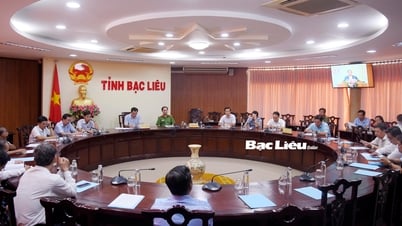
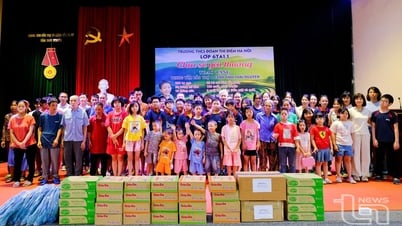

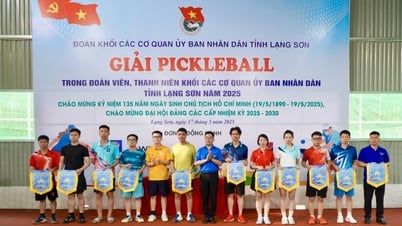

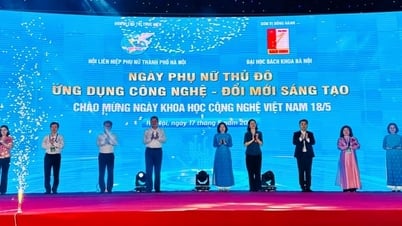














Comment (0)